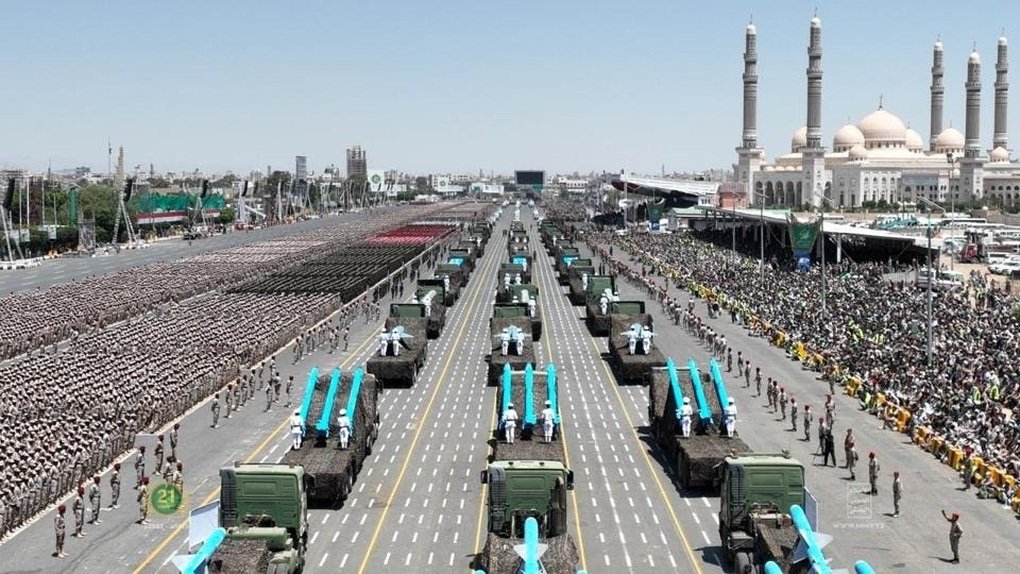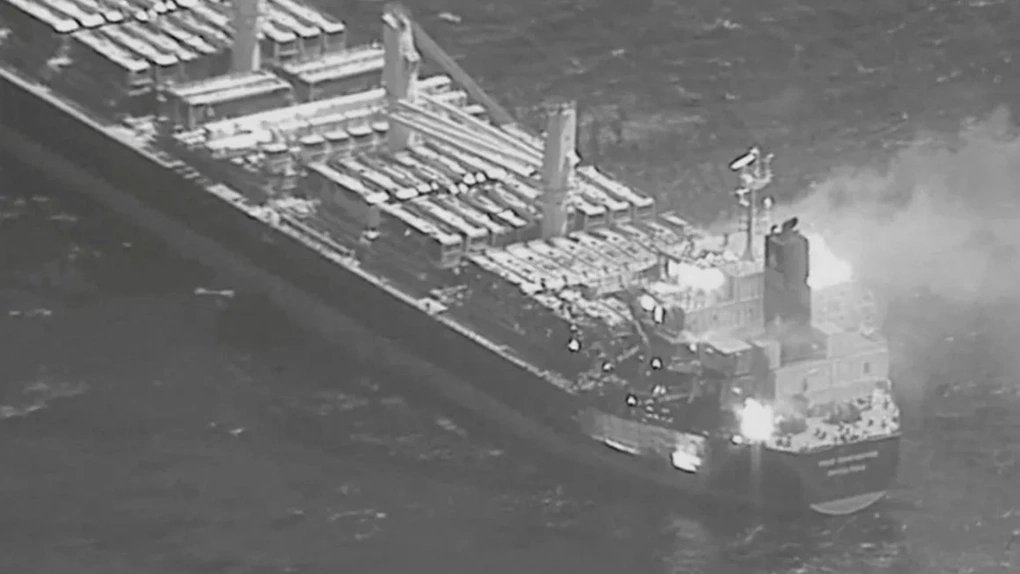(Dan Tri) – Houthi’s first deadly attack on a commercial ship in the Red Sea poses a huge challenge to efforts to restore safety along this important maritime route.
The True Confidence ship caught fire after a Houthi missile attack on March 6 (Photo: Reuters).
At least three crew members were killed, including one Vietnamese, and four others were injured in the March 6 attack by Houthi forces on the Barbados-flagged cargo ship True Confidence in the Gulf of Aden.
This is the first time Houthi attacks have caused casualties among sailors, since the group announced it was targeting cargo ships passing through the Red Sea in response to Israel’s campaign in the Gaza Strip.
It also marks a significant escalation of tensions in this important shipping lane, despite the naval alliance – led by the US – efforts to protect the important waterway.
According to maritime risk analysis firm Windward, there appeared to be fewer ships passing through the Red Sea and Suez Canal following the latest attack.
The longer the disruption lasts and the more ships are diverted, the more cargo and fuel deliveries will be delayed, potentially pushing up prices.
According to Windward, the number of bulk carriers anchored outside ports north and south of the Suez Canal increased by 225% on March 6 compared to the previous day.
`Our data shows that 61% of ships dropped anchor after the raid,` Ami Daniel, CEO of Windward, said, predicting the number of ships passing through the Suez Canal, a shipping route of 10-15
He predicted the latest deadly attack would increase the number of bulk cargo ships avoiding the canal, through which 10-15% of world trade and 30% of container trade pass.
Windward data shows that last month the number of bulk carriers in the Red Sea was at its lowest level in the past two years.
According to US and Western officials, Houthi forces have conducted more than 45 missile and drone attacks against US and allied naval and commercial vessels operating in the region.
`The red line may now have been broken when there are casualties,` said Peter Sand, an expert at Xeneta, a shipping analytics company based in Norway.
According to the expert, only 30% of conventional shipping capacity – including container ships, bulk carriers, car carriers and oil and liquefied natural gas tankers – still passes through the Red Sea and the Suez Canal.
At the very least, the attack makes it clear that it may take many months for this crisis to find a resolution.
The threat that the regional crisis poses to the economy was emphasized by European Central Bank (ECB) President Christine Lagarde on March 7.

Houthi forces held a military parade in Sanaa on September 21, 2023, introducing many types of weapons, including anti-ship missiles (Photo: Getty).
Seafarers are on the `front line`
The cost of shipping containers along some of the world’s busiest trade routes remains more than double what it was in December 2023, according to data from London-based shipping consultancy Drewry.
French container shipping company CMA CGM said it would continue `some shipping operations` through the Red Sea `on a case-by-case basis` and did not specify any plans to change shipping practices after the attack.
The International Transport Workers’ Union has continued to call on the shipping industry to divert ships around the Cape of Good Hope until safe transit through the Red Sea can be ensured.
Expert Cotton said that recruiting seafarers after this deadly attack may become even more difficult, even if the basic salary for sailors working in the Red Sea and Gulf of Aden in the southeast has doubled.
David Ashmore, an attorney at global law firm Reed Smith, also agrees.
`They are on the front lines… We always felt that it was only a matter of time before the Houthi attacks came to this conclusion,` said John Stawpert, senior director of environment and trade at the Transportation Department.
